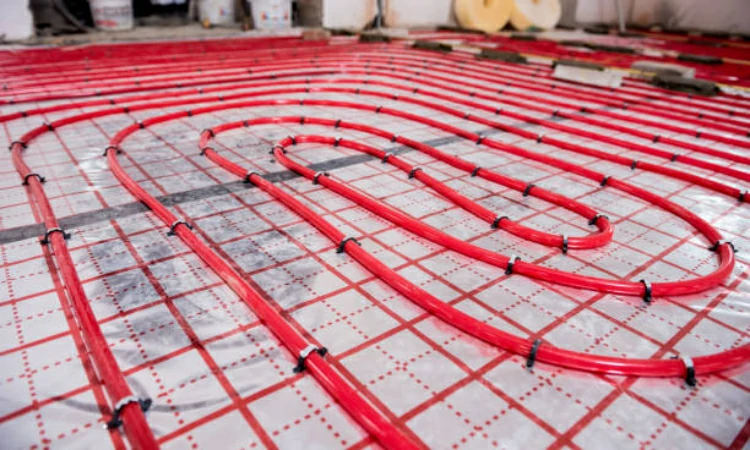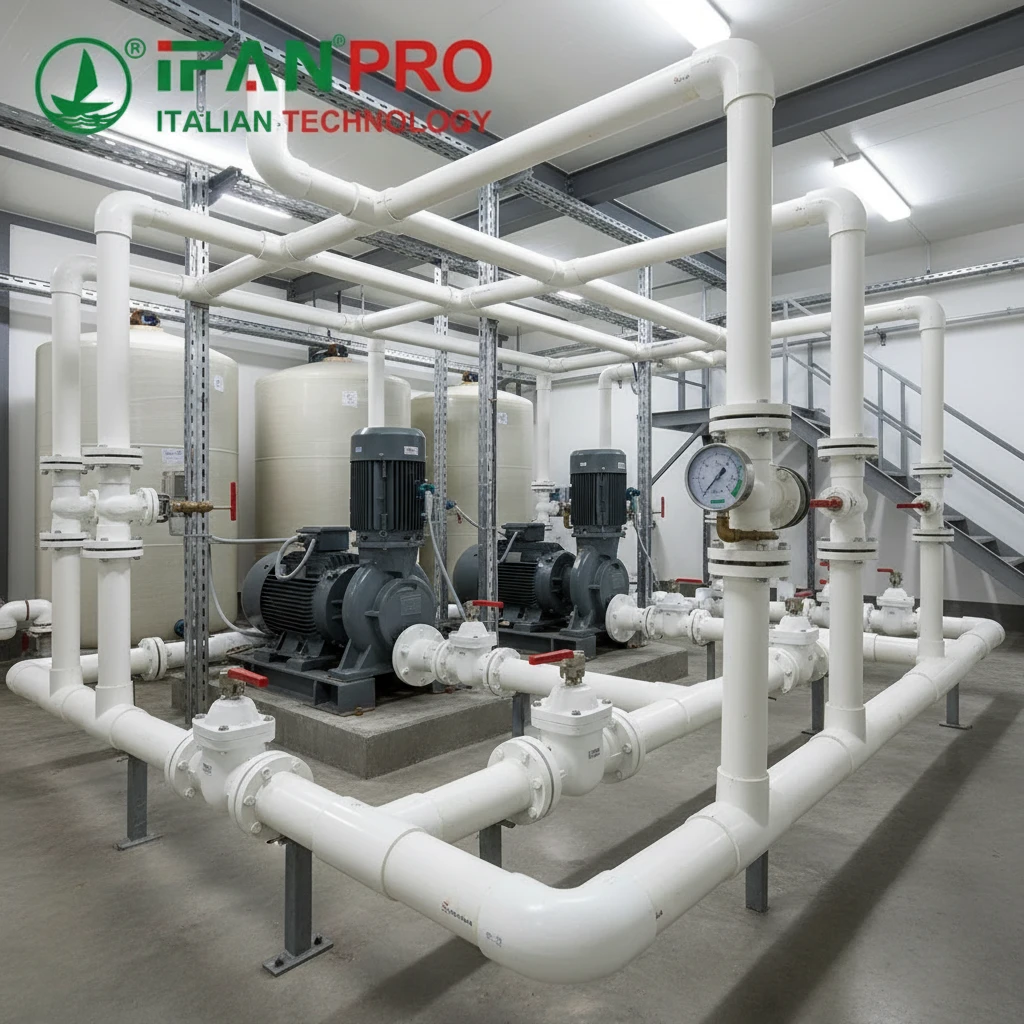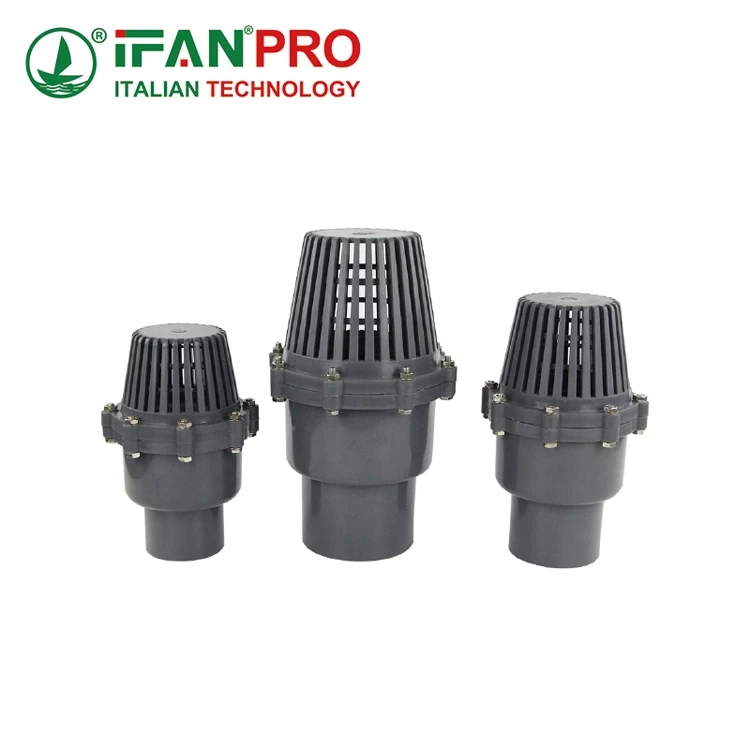Understanding Plastic Pipe Materials
Introduction to Plastic Pipes
Plastic pipes are widely used in plumbing systems due to their versatility, durability, and cost-effectiveness. Various types of plastic pipe materials are available, each with its own characteristics, advantages, and applications. Common plastic pipe materials include PVC (polyvinyl chloride), CPVC (chlorinated polyvinyl chloride), and PEX (cross-linked polyethylene).
Characteristics of PEX Pipes
PEX (cross-linked polyethylene) pipes are known for their flexibility, corrosion resistance, and chemical stability. PEX tubing is highly flexible and can be bent and shaped to fit around obstacles, reducing the need for joints and fittings. This pipes are also resistant to corrosion from chemicals and minerals in the water supply, making them suitable for both hot and cold water applications.
Comparison with PVC and CPVC Pipes
While PVC and CPVC pipes are also popular choices for plumbing systems, they have distinct differences compared to PEX pipes. PVC pipes are rigid and inflexible, making them more challenging to install in tight spaces or around obstacles. CPVC pipes are similar to PVC pipes but are chlorinated for increased temperature and chemical resistance.
Comparing PEX with PVC and CPVC Pipes
Flexibility and Ease of Installation
One of the primary advantages of PEX pipes over PVC and CPVC pipes is their flexibility and ease of installation. PEX tubing can be easily bent and maneuvered without the need for heat or special tools, allowing for quick and efficient installation in confined spaces or complex layouts. In contrast, PVC and CPVC pipes are rigid and require fittings and solvent cement for assembly, making installation more labor-intensive and time-consuming.
Corrosion Resistance and Chemical Stability
PEX pipes offer superior corrosion resistance and chemical stability compared to PVC and CPVC pipes. PEX tubing is resistant to corrosion from chemicals, minerals, and microbiological growth, ensuring long-term durability and reliability in diverse water conditions. PVC and CPVC pipes are susceptible to chemical attack and degradation over time, particularly when exposed to harsh or corrosive substances.
Temperature and Pressure Ratings
Another key difference between PEX, PVC, and CPVC pipes is their temperature and pressure ratings. PEX pipes have higher temperature and pressure ratings compared to PVC and CPVC pipes, making them suitable for a wider range of applications, including hot water distribution and radiant floor heating. PVC and CPVC pipes have lower temperature and pressure limits, restricting their use in high-temperature or high-pressure environments.
Cost and Affordability
Cost is often a significant factor when choosing plumbing materials. PEX pipes are generally more affordable than PVC and CPVC pipes, making them a cost-effective option for plumbing projects. The lower material cost, combined with the ease of installation and long-term durability of PEX pipes, makes them an attractive choice for both residential and commercial applications.
Экологические соображения
From an environmental standpoint, PEX pipes offer several advantages over PVC and CPVC pipes. PEX tubing is made from cross-linked polyethylene, a recyclable material that has minimal environmental impact compared to PVC, which contains chlorine and phthalates, and CPVC, which requires chlorination during manufacturing. Additionally, PEX pipes have a longer lifespan and require fewer resources for installation and maintenance, further reducing their environmental footprint.
Заключение
In conclusion, while PVC and CPVC pipes are common in plumbing, PEX pipes offer advantages in flexibility, corrosion resistance, temperature and pressure ratings, cost-effectiveness, and sustainability. Comparing the characteristics of PEX, PVC, and CPVC allows property owners to make informed decisions. Ultimately, the choice depends on the specific requirements, budget, and environmental considerations of each project.
ИФАН является китайским производителем пластиковых труб, фитингов и клапанов с 30-летним опытом работы. Если вы заинтересованы в ИФАН медные фитинги, медные клапаны, пластиковые трубы и фитинги, пожалуйста, свяжитесь с нами. ИФАН предлагает вам разнообразные стандартные трубы для удовлетворения ваших конкретных потребностей. Нажмите ниже, чтобы узнать больше о широком ассортименте доступной и экономичной арматуры и сопутствующих товаров для трубопроводных систем от IFAN.
Мы ответим на ваше письмо или факс в течение 24 часов.
Вы можете позвонить нам в любое время, если у вас возникнут вопросы по нашей продукции.
Для получения дополнительной информации, пожалуйста, посетите наш веб-сайт https://ifanpro.com/
Отправить по почте: [email protected]
Whatsapp: + 86 19857948982














Последние комментарии